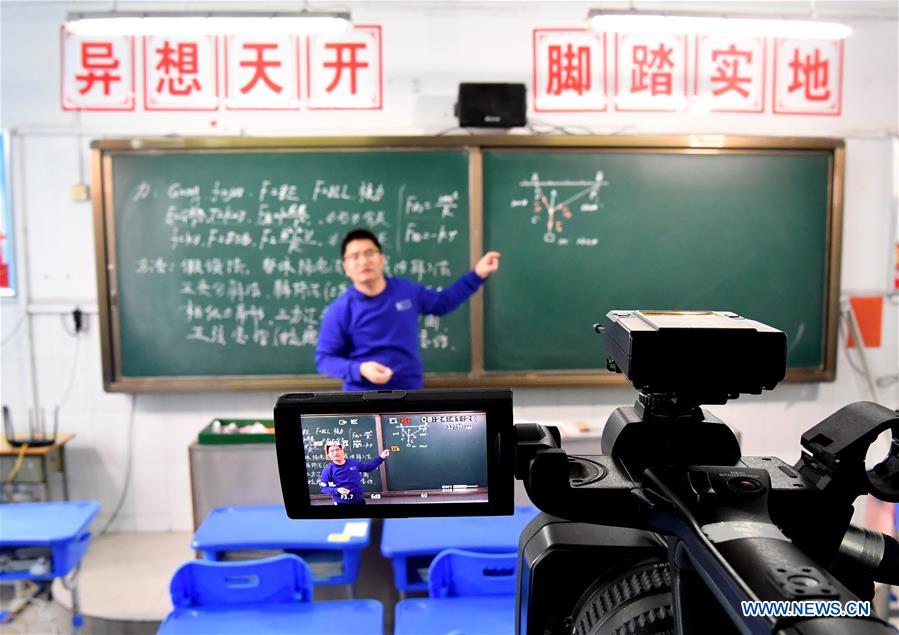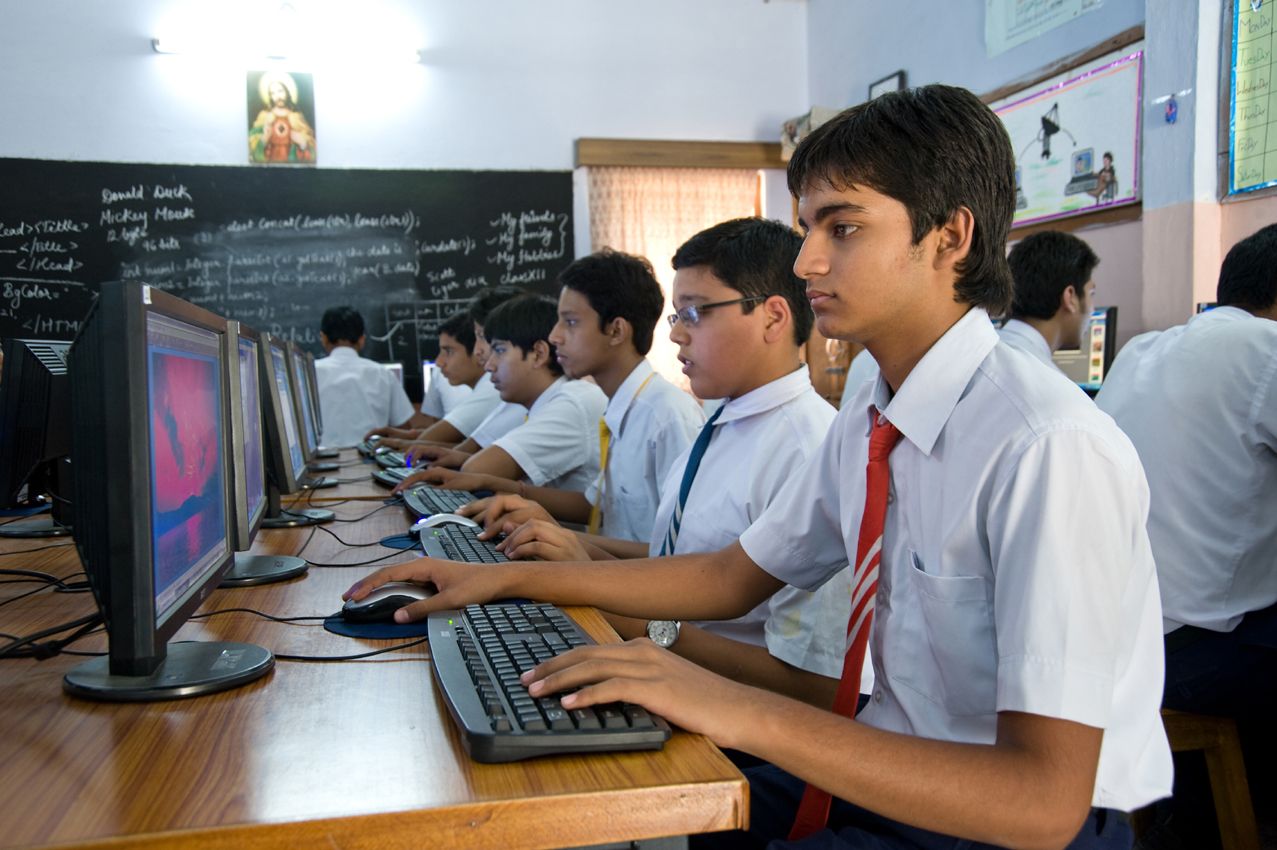Coding for primary schools: Best Coding Tools for Elementary
Posted onFun Coding Activities for Elementary Schoolers
When you look over the long list of things you’re expected to teach every year, coding may not be your favorite subject on the list. Coding? In elementary school? Do little kids really need to figure out those long strings of letters and numbers that show up on your laptop screen when you accidentally hit a few wrong buttons?
Well, yes … and no. Whether you’re looking for ways to get some very excited students involved in the annual Hour of Code program (set for December 12 in 2021) or just trying to figure out how to fit coding in with all your ELAR, math, science, and social studies lessons, we’ve got you covered with some coding activities that are actually appropriate for elementary schoolers … plus easy ways to teach coding, even when you feel like you’re completely out of your depths!
Why Teach Coding in Elementary School?
So coding is a lot of random letters and funky characters on the computer screen, right? Well, yes — a computer programmer works with complex languages to write the code that keeps everything from your smartphone to this website running.
But the coding kids need to learn is like most of what we teach in elementary school, the building blocks of coding that have been stripped completely down to just the essential parts. And computer science concepts can be complementary to many of the other lessons you’re teaching.
Coding itself predates the modern computer by hundreds of years. Ismail al-Jazari, a Muslim polymath who’s considered the father of modern robotics and engineering lived in the 1100s, during the Islamic Golden Age. During his life, al-Jazari constructed automata or self-operating machines, which could play different musical beats and rhythms depending on an order of pegs and cams which could be altered by the machine’s “programmer.” Think of it this way — a programmer sets a pre-defined order of events in progress for a self-operating machine, aka a code.
These early automata followed essentially the same processes and used the same basic concepts as today’s modern computers. IF a certain parameter occurs THEN perform a function or ELSE do this other function.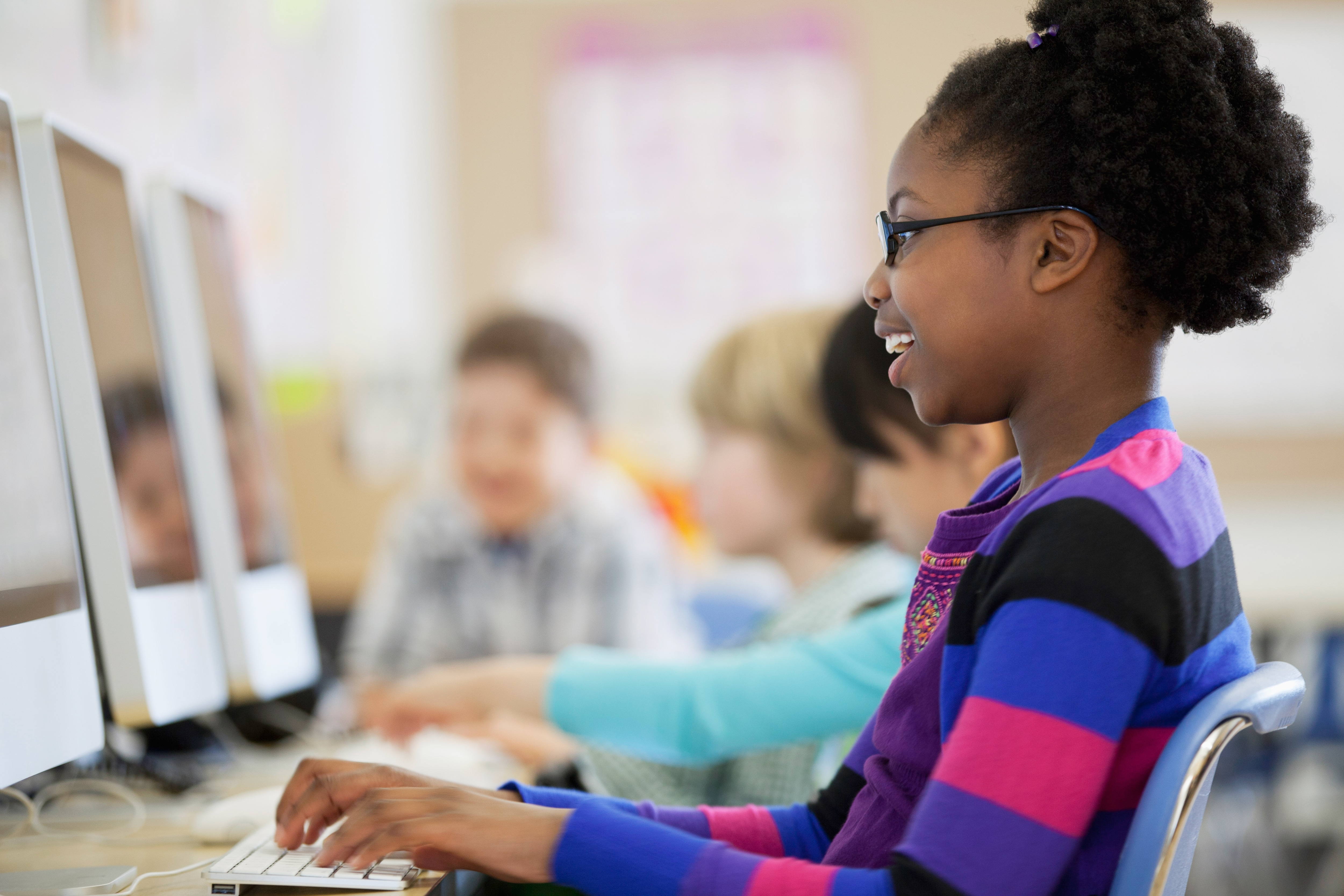
If, then logic guides our higher-order thinking, and teaching kids simple coding and the concepts of programming is part of helping our students develop logical thought processes.
According to the experts at the International Society for Technology in Education (ISTE), teaching coding in kindergarten through fifth grade helps to:
- Address the gender gap in STEM
- Spark an interest in puzzles, logic, and the overall concept of computer science, making math more fun.
Coding Activities for Elementary School
So you don’t have to become a computer programmer overnight in order to be able to teach your students to code. Phewwww. Even better? We put together some coding activities perfect for elementary school!
Hour of Code
Each December, kids all around the world participate in a single hour of coding, and the folks behind this fun global activity provide dozens of student-led coding activities. Pick from activities for pre-K on up that can be done on a variety of devices, including computers or your classroom tablets.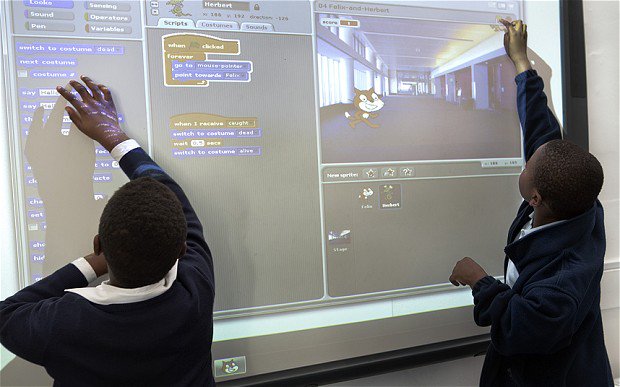
ScratchJr
There are myriad apps out there for kids to learn to code, and ScratchJr is one of our favorite coding apps for young kids — it’s aimed at the 5 to 7 age group. The free app encourages young kids to learn to solve problems, design projects, and express themselves creatively on the computer.
Classmate Coding
Why not go old school like al-Jazari and ditch the computer for some hands-on, physical programming?
Unplugged coding is the term which is used most often for programming or ‘coding’ in a physical, real-world sense, rather than electronically or computer-based.
Let’s say I want to type “Hello, World!” and have it appear on my computer screen.
- I have to give the computer input, which is me pressing the characters on a keyboard.
- The computer then runs through a series of IF, THEN and ELSE processes which result in the monitor displaying “Hello, World!”, or providing output.
The keyboard is an input device, the monitor an output device.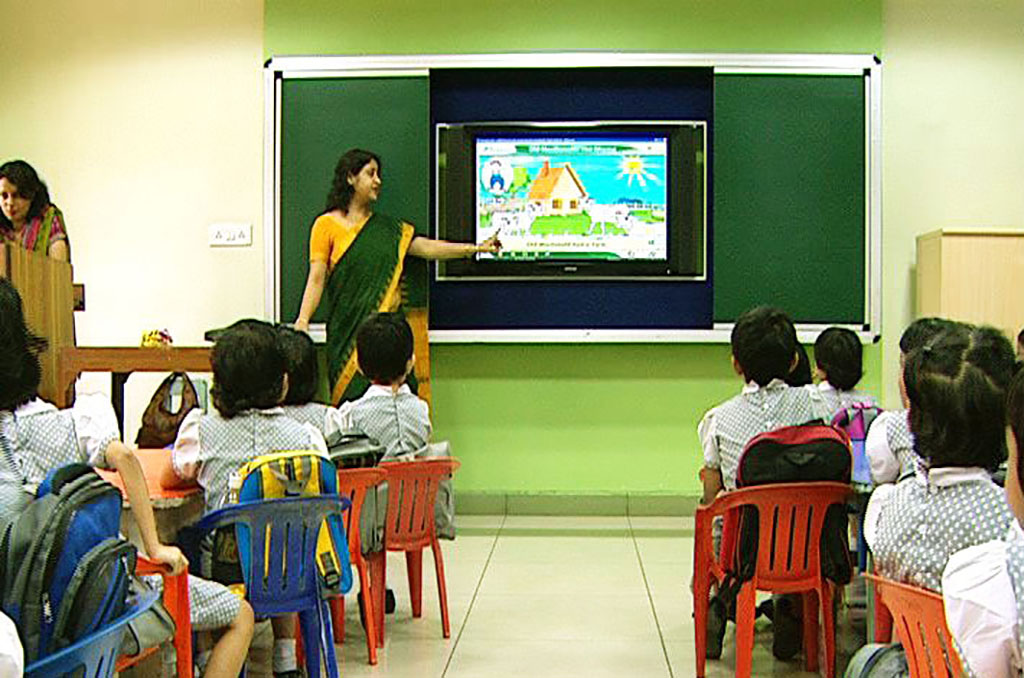
The comparison is, lying in the sun on a tropical island sipping a mojito with the sunlight glinting off the condensation as it slowly trickles down the side of your glass, ice clinking melodically as it melts and settles (take me there), and you begin to feel the heat from the sun become a little too intense, this is input. You turn over to warm your other side — this is output. It’s a version of cause and effect.
Where unplugged coding differs from a human decision, is that the brain is not in charge of the actions. Instead, the program is in charge. To practice unplugged coding, Classmate Coding – Flashcards and Activities, is a perfect introduction for students (and teachers) to experience the basics of classroom coding, without even touching a computer.
The coding resource is designed to take the students through a step-by-step series of activities that progressively get harder and harder.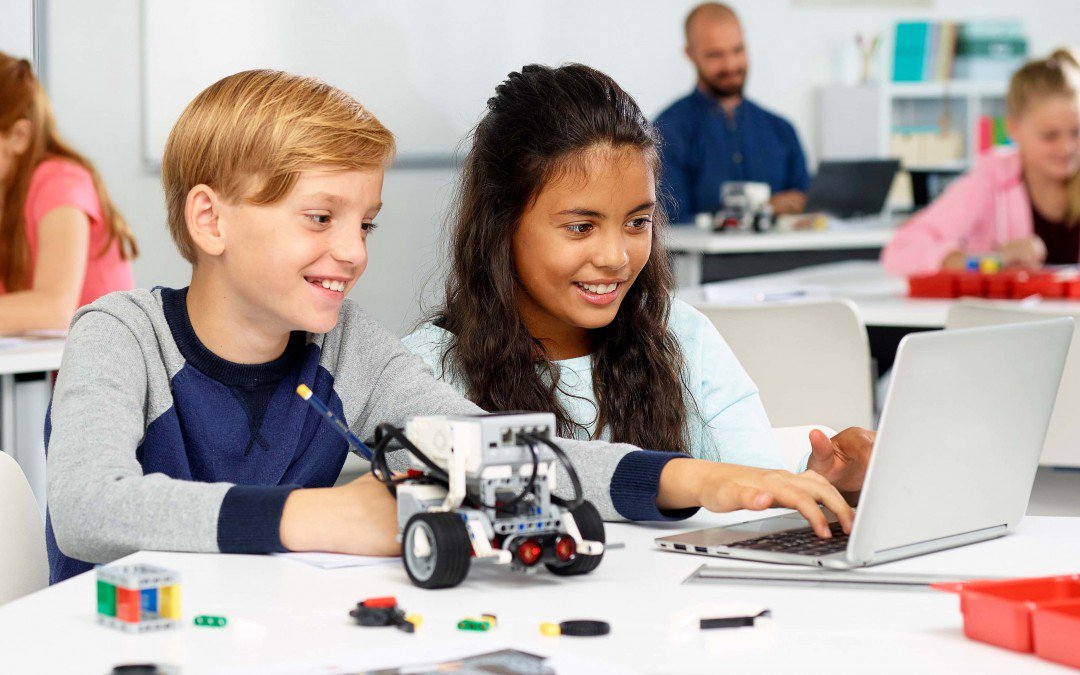
There are eight separate activities in four distinct stages which are put together in a way that each stage must be understood before the students can progress to the next stage.
The activity cards are accompanied by coding tiles which are as simple as ‘move forward’ and ‘turn left’ down to more complex tiles for looping and initiating programs.
Each activity involves using a combination of these coding tiles in order to complete a task, and the automaton they will be coding to complete each task is a classmate or even the teacher!The last tile is a loop tile. It will loop a set of instructions or a ‘program’ a certain number of times (including infinity).
Pirate Adventure
Investigate algorithms with your class with a pirate adventure! Your students won’t even realize they’re coding as they help Pirate Pete sail to Treasure Island and back again with this fun coding worksheet.
Looking for more coding activities for kids? Check out our full array of coding resources for teachers!
banner image via Shutterstock/insta_photos
Primary school coding explained for parents
As we celebrate the 30th anniversary of the World Wide Web, UK children will be sitting in their classrooms potentially writing their very first lines of computer code.
or Register to add to your saved resources
When your mobile won’t work or your computer’s crashed, you no doubt draft in the kids for reinforcement! Our children already know how to use technology far better than we do and with ‘computing’ now on the educational agenda, they’ll soon know how it works too. We won’t stand a chance!
How did the ICT curriculum change in 2014?
Until 2014 children were taught ICT in schools, which basically showed them how to use technology. Under the new curriculum, which came into effect from September 2014, there is a much greater emphasis on learning about computers and teaching children how to use code.
Children as young as five get practical experience of designing and writing computer programmes so that they understand the basic principles of computer science.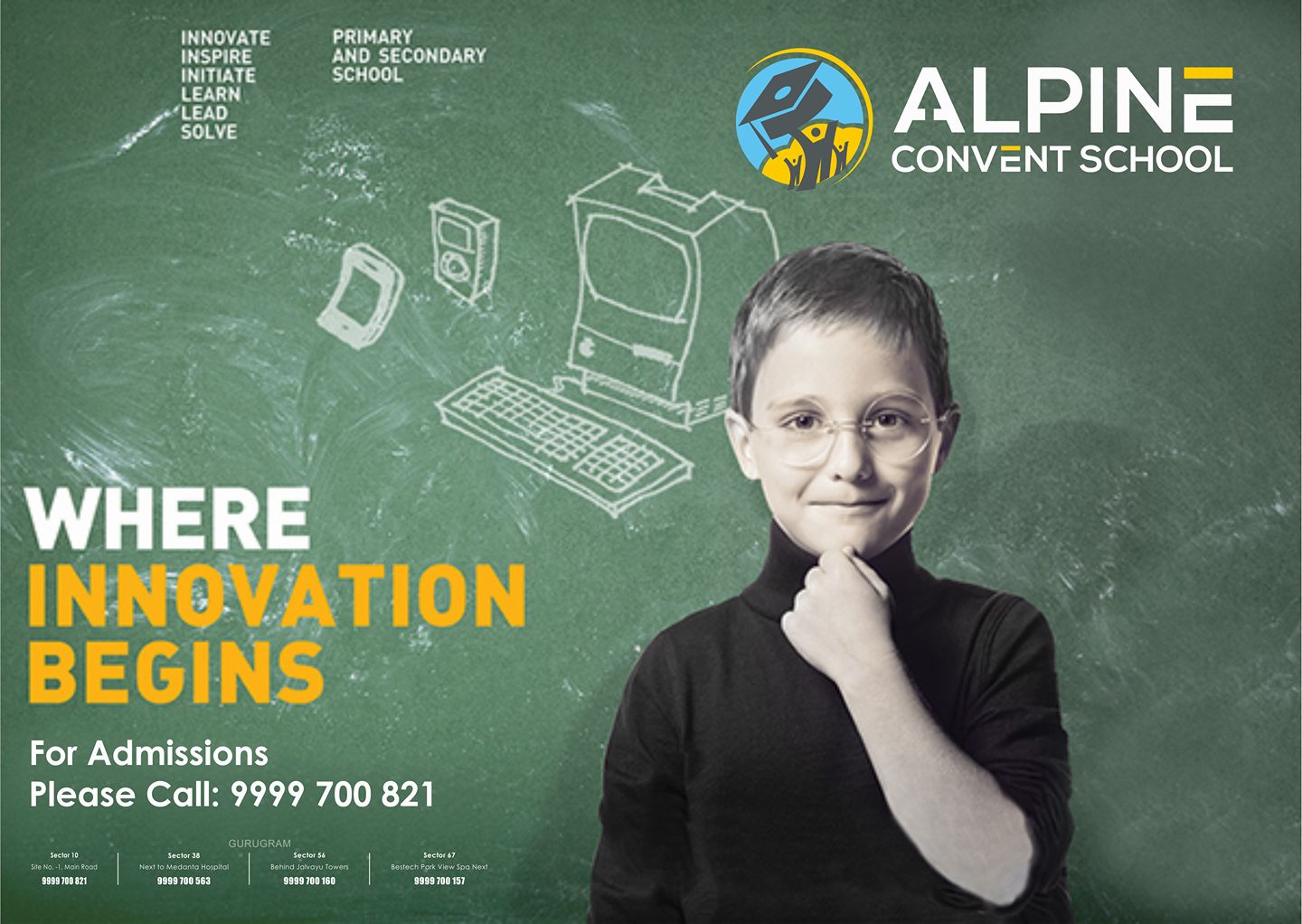
Not everything will change; children will still learn how to use email, for example, but now they’ll be taught how networks like the Internet actually work too.
Boost Your Child’s Learning Today!
- Start your child on a tailored learning programme
- Get weekly English & maths resources sent direct to your inbox
- Keep your child’s learning on track
Trial it for FREE today
So what is coding?
Code is the language used to instruct computers. Facebook, your mobile apps and your browser are all made with code – it’s simply computer programming to you and me! And there are a range of different programming languages you can use – HTML, for example, is the computer code used to create web pages.
Why is coding being introduced into primary school?
The aim is to equip pupils with the skills they need for the world of work, inspire more young people to pursue careers in computing and help them to problem solve and become logical thinkers.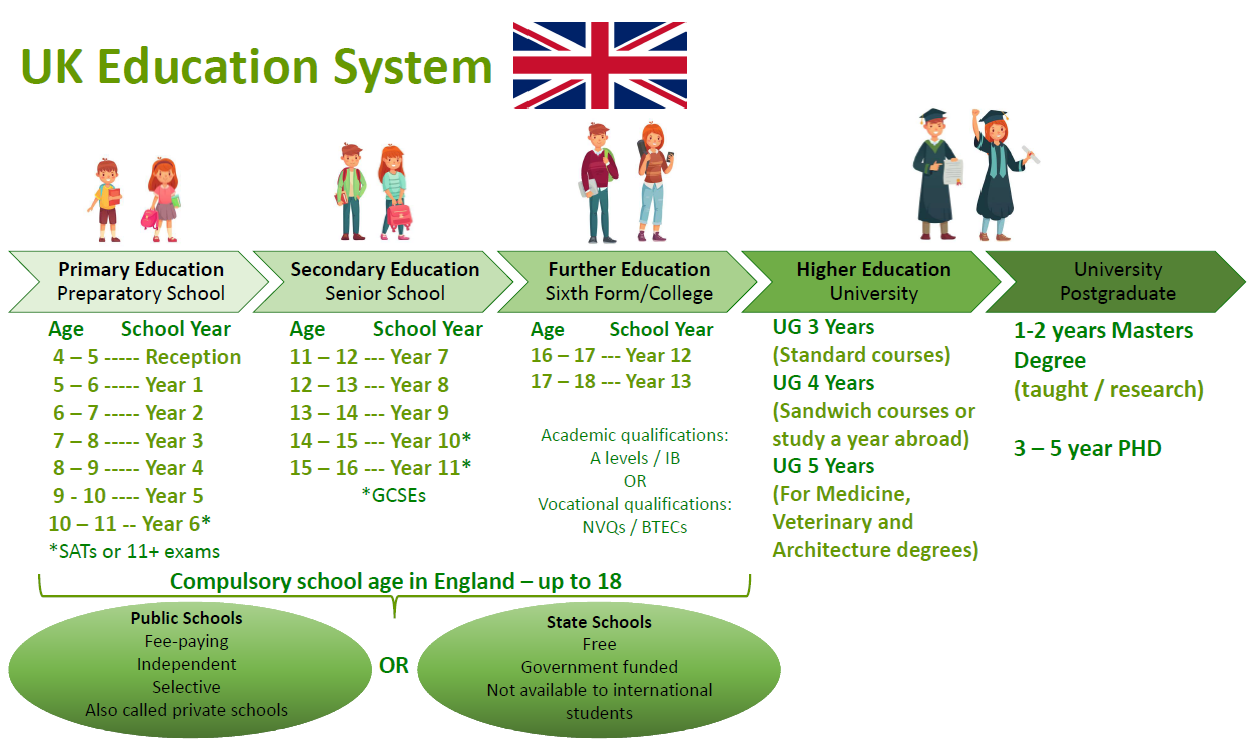
How will children be taught computer code?
Each school will decide how to cover the new computing curriculum but practical, creative projects will be key to making sure that all children become computer literate.
The IT industry looks set to give teachers support and ideas, too. Educational games producer Kuato, for example, are offering 100 free hours of coding sessions to schools based on their latest game launch Hakitzu which lets children battle robots while being shown the code behind each move. “We wanted to create a fun way for school students to get involved in learning a new skill,” explains David Miller, Chief Learning Architect at Kuato Studios, “one that could ultimately help them in their future careers.
Computer giant Microsoft has produced a ‘Switched on Computing’ resource, aimed at primary teachers, which will help children produce interactive recipe books, maps and 3D tours, sort and identify plants and creatie and advertise a computer game.
What will they learn in ‘code classes’?
By the end of Key Stage 1, children will be expected to write and test simple programs as well as use technology safely. They will also be taught what algorithms are (basically the step-by-step instructions you give a computer in order to get the job done, like the ‘how to’ part of a cake recipe!) and how programmes work.
Children in Key Stage 2 will go one step further by designing and writing programs to achieve specific goals as well as understanding computer networks and using logic to find and put right mistakes in algorithms.
How can parents offer support at home?
Chances are your child will get to grips with coding far more quickly than you, but if you don’t want to get left behind, here’s where you can get help:
- Codecademy – a great starting point to get familiar with code for free.
- Scratch – learn to program your own interactive stories, games and animations and share them around the world.
- Code Club – find out if there’s a club near you for your child to join (or perhaps you have the skills to run one locally!). If that’s not an option, Code Club has made all its UK projects available online for free, an amazing resource for parents and teachers alike. Look through the Code Club term-by-term project list and get started now.
- Kids Ruby – a fun and easy way to help your child learn Ruby programming.
- Tynker offers coding puzzles, games and courses for kids.
- BBC Bitesize has a Computing area for KS1 and KS2, packed with films and simple explanations
- Kodu allows children as young as 5 to code their own games. Free download (PC only).
- codeSpark is an app designed to teach coding through games and fun challenges.
For more information about coding, the Raspberry Pi and family-friendly ways to learn to code read our article Computer coding for kids.
A number of brilliant books about coding aimed at children and parents are available; we pick the best coding books for kids in our TheSchoolRun guide.
Coding skills without a computer
A large part of the coding curriculum teaches children about programmatic thinking – no screen required! If you’d like to have a go yourself, we love these coding board and card games:
- Robot Turtles is a board game which teaches children as young as 4 the basics of computer programming.
- Bits & Bytes is a card game that helps develop a logical mindset, as well as teaching kids about basic computer concepts like algorithms, debugging and functions.
Coding for Dummies, Part 1 / Sudo Null IT News
Not being an expert in the designated area, however, I read a lot of specialized literature to get acquainted with the subject and, breaking through the thorns to the stars, filled, at the initial stages, a lot of cones.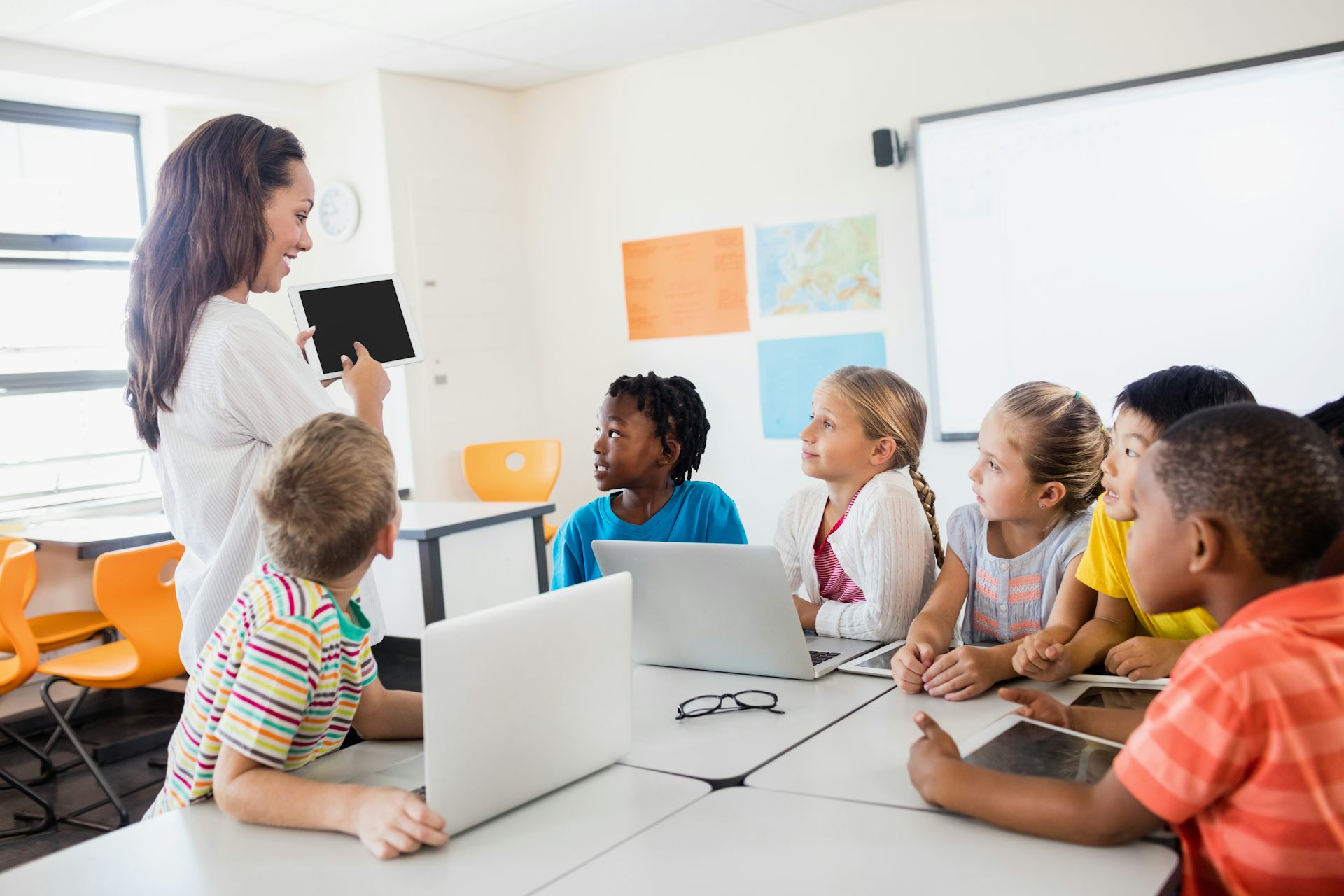
The article, in the first part, is an educational program on coding as such with examples of manipulations with bit codes, and in the second part I would like to touch on the simplest ways of encoding images.
0. Beginning
Since I am addressing newcomers to this issue, I do not consider it shameful to turn to Wikipedia. And there, to denote the encoding of information, we have such a definition — the process of converting a signal from a form convenient for direct use of information into a form convenient for transmission, storage or automatic processing.
What I lacked in the 70s and 80s was at school, if not in computer science, but, for example, in mathematics lessons — basic information on coding. The fact is that each of us is engaged in coding information every second, constantly and in general — without concentrating on the coding itself.
Facial expressions, gestures, speech, signals of different levels — a sign with an inscription, a sign on the road, traffic lights, and for the modern world — bar codes, URLs, hash tags.
Let’s look at some in more detail.
1.1 Speech, facial expressions, gestures
Surprisingly, all these are codes. With the help of them, we transmit information about our actions, sensations, emotions. The most important thing is that the codes are understandable to everyone. For example, having been born in the dense forests of the Amazon and not seeing a modern urban person, one may encounter the problem of misunderstanding the code — a smile, like a demonstration of teeth, will be perceived as a threat, and not as an expression of joy.
By definition, what happens when we talk? Thought — as a form convenient for direct use, is converted into speech — a form convenient for transmission. And, look, since sound has a limitation in both speed and transmission range, then, for example, a gesture, in some situation, can be chosen to transmit the same information, but at a greater distance.
But we will still be limited by the range of our visual acuity, and then — a person begins to invent other ways of transmitting and transforming information, for example, fire or smoke.
1.2 Interleaved signals
An Indian pings
In its primitive form, coding with interleaved signals has been used by mankind for a very long time. In the previous section, we talked about smoke and fire. If an obstacle is placed and removed between the observer and the source of fire, then the observer will think that he sees alternating «on / off» signals. By changing the frequency of such inclusions, we can develop a sequence of codes that will be unambiguously interpreted by the receiving party.
Along with the signal flags on sea and river vessels, the advent of radio began to use Morse code. And with all the apparent binarity (representation of the code by two values), since the dot and dash signals are used, in fact this is a ternary code, since a pause in the transmission of the code is required to separate individual character codes.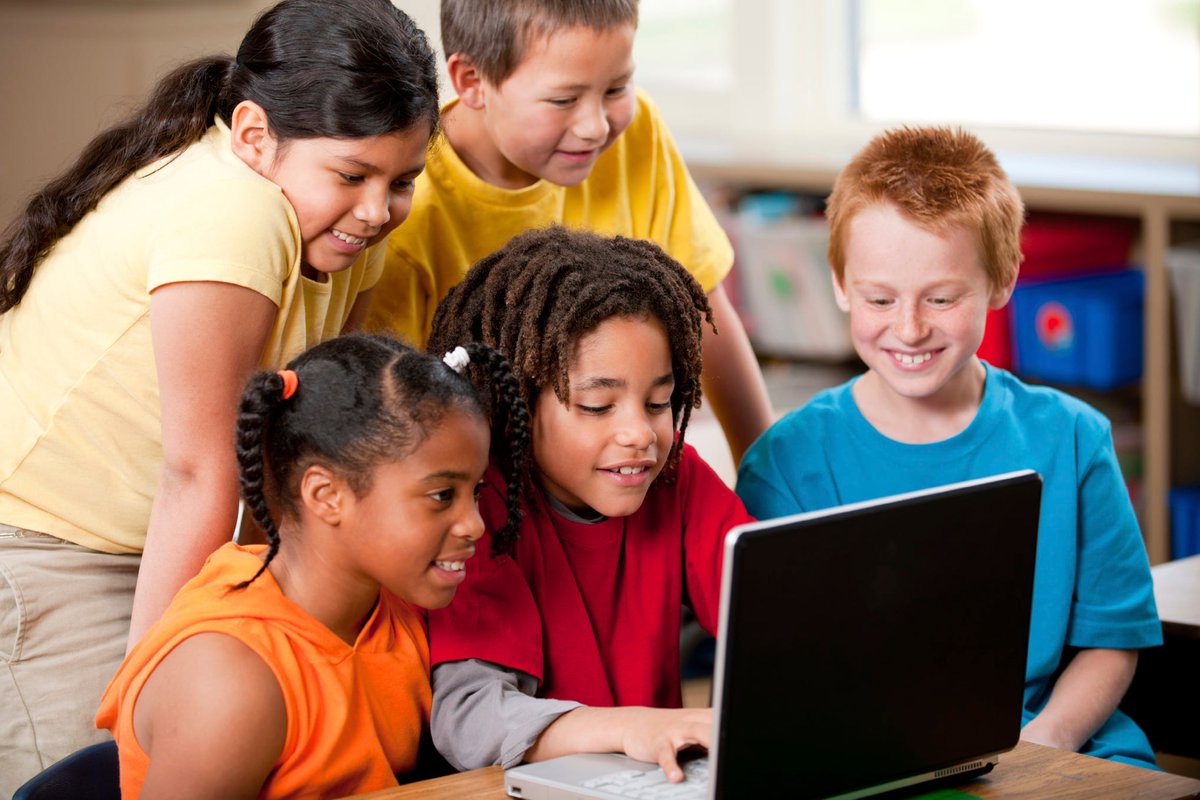
1.3 Context
When we use a computer, we understand that information can be different — sound, video, text. But what are the main differences? And before you start encoding information, in order, for example, to transmit it through communication channels, you need to understand what information is in each case, that is, pay attention to the content. Sound is a series of discrete values about a sound signal, video is a series of image frames, text is a series of text symbols. If we do not take into account the context, and, for example, we use Morse code to transmit all three types of information, then if this method may be acceptable for text, then for sound and video, the time spent on transmitting, for example, 1 second of information may turn out to be too long — an hour or even a couple of weeks.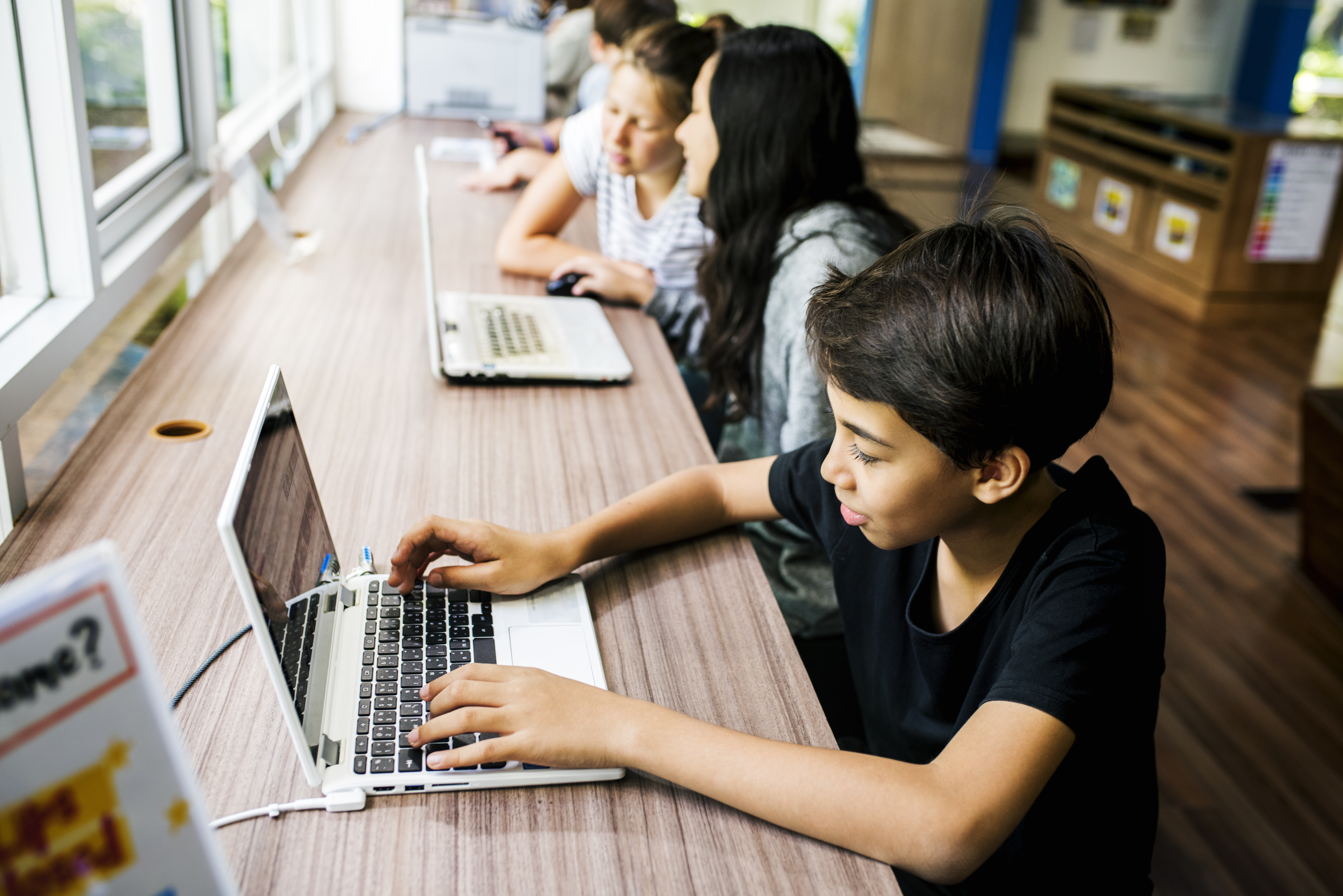
2. Text encoding
Let’s move on from the general description of encoding to the practical part. From the conventions, we will take as a constant that we will encode data for a personal computer, where bits and bytes are taken as a unit of information. A bit is like an atom of information, and a byte is like a conditional block of 8 bits.
The text in the computer is part of 256 characters, one byte is allocated for each, and values from 0 to 255 can be used as a code. Since the data in the PC is represented in the binary number system, one byte (in the value of zero) is equal to writing 00000000, and 255 as 11111111. Reading such a representation of the number occurs from right to left, that is, one will be written as 00 000001.
So, English alphabet characters 26 for upper case and 26 for lower case, 10 digits. There are also punctuation marks and other symbols, but for experiments we will use only uppercase letters and a space.
Test phrase «THE GREEK DRIVED THROUGH THE RIVER SEEES A GREEK IN THE RIVER RAK PUSHED THE GREEK’S HAND INTO THE RIVER RAK FOR THE HAND OF THE GREEK TsAP».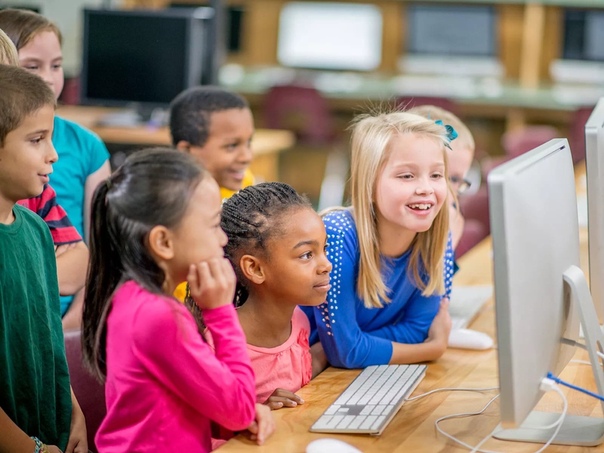
2.1 Block coding
Information in the PC is already represented in blocks of 8 bits, but we, knowing the context, will try to represent it in smaller blocks. To do this, we need to collect information about the characters represented and, for the future, we will immediately calculate the frequency of use of each character:
|
Symbol |
Number |
|
|---|---|---|
|
SPACE 900 66 |
18 |
|
|
R |
12 |
|
|
K 9000 3 |
11 |
|
|
E |
9 |
|
|
A |
8 |
|
|
D |
4 |
|
|
3 |
||
|
H |
2 |
|
|
L |
2 |
|
|
I |
2 |
W |
2 |
|
L |
1 |
|
|
X |
1 |
|
|
1 |
||
|
T N 050 |
R |
1 |
We used 19 characters in total (including space).
We take these values as constants and try to change the approach to block storage. To do this, we notice that out of 256 character codes we use only 19. To find out how many bits are needed to store 19 values, we must calculate LOG 2 (19) = 4.25, since we cannot use a fractional bit value, we must round up to 5, which gives us a maximum of 32 different values (if we wanted to use 4 bits, this would give only 16 values and we could not encode the entire string).
It is easy to calculate that we get 91 * 5 = 455 bits, that is, knowing the context and changing the storage method, we were able to reduce PC memory usage by 37.5%.
Unfortunately, such a representation of information will not allow it to be unambiguously decoded without storing information about symbols and new codes, and adding a new dictionary will increase the data size. Therefore, such encoding methods manifest themselves on larger amounts of data.
In addition, to store 19 values, we used the number of bits as for 32 values, this reduces the encoding efficiency.
2.2 Variable length codes
Let’s use the same string and table and try to encode the data differently. Let’s remove the fixed size blocks and present the data based on their frequency of use — the more often the data is used, the fewer bits we will use. We get the second table:
|
Symbol |
Number |
Variable code, bit |
|
|---|---|---|---|
|
SPACE |
18 |
0 |
|
|
R |
12 |
1 |
|
|
K |
11 |
00 90 003 |
|
|
E |
11 |
01 |
|
| 9000 2 U |
9 |
10 |
|
|
A |
8 |
11 |
|
|
D |
000 |
||
|
V |
3 0002 001 |
||
|
H |
L |
2 |
011 |
|
I |
2 |
100 |
|
|
Z |
2 |
101 |
|
|
L |
110 |
||
|
X 1 | |||
|
C |
1 |
0000 |
|
|
T |
1 |
N 1 |
0011 |
|
M |
1 |
0100 |
To calculate the length of the encoded message, we must add all the products of the number of characters by the length of the codes in bits and then we get 179bit.
But this method, although it allowed to decently save memory, will not work, because it is impossible to decode it. We will not be able to determine in such a situation what the code «111» means, it can be «PPP», «RA», «AP» or «X».
2.3 Prefix block codes
To solve the problem of the previous example, we need to use prefix codes — this is a code that, when read, can be unambiguously decoded into the desired character, since only it has it. Remember earlier we talked about Morse code and there the prefix was a pause. And now we need to put into circulation some code that will determine the beginning and / or end of a specific code value.
Let’s make the third table all for the same line:
|
Character |
Number |
Prefix variable block code, bit |
||
|---|---|---|---|---|
|
SPACE |
18 |
0 000 |
||
|
R |
12 |
0 001 |
K |
11 |
0 010 |
|
E 900 66 |
11 |
0 011 |
||
|
U |
9 |
0 100 |
||
|
A |
8 |
0 101 |
||
|
D |
4 |
0 110 |
||
|
66 |
0 111 |
|||
|
H |
2 |
900 57 1 0001 |
||
|
L |
2 |
1 0010 9 0003 |
||
|
AND |
2 |
1 0011 |
||
|
Z |
2 |
1 90 058 0100 |
||
|
D 066 | ||||
|
X |
1 |
1 0110 |
||
|
1 |
1 0111 9 |
1 |
1 1000 |
|
|
C |
1 |
02 N |
1 |
1 1010 |
|
R |
1 1011 |
The peculiarity of the new codes is that we use the first bit to indicate the size of the block following it, where 0 is a block of three bits, 1 is a block of four bits.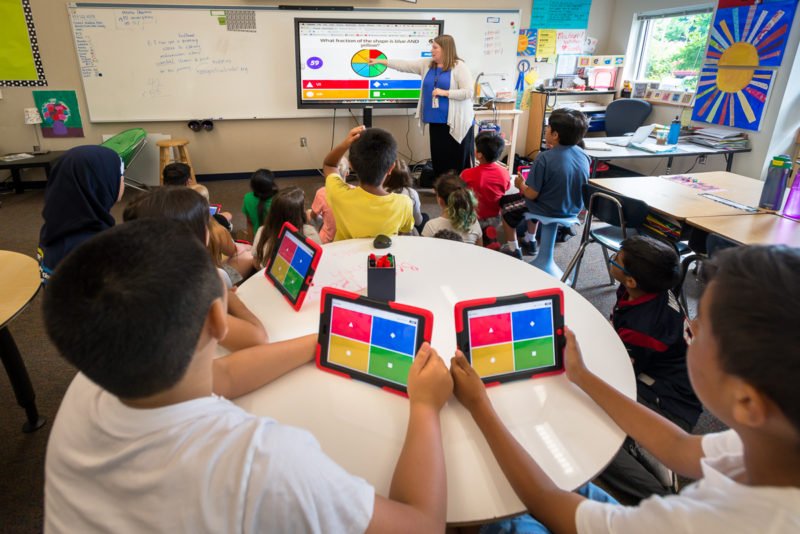
We can expand this approach and increase the prefix to 2 bits, which will allow us to create 4 groups of blocks:0058
Variable block prefix code bit
SPACE
18
900 63
00 0
1
K
11
01 00
900 66
E
11
01 01
U
9
01 10
A
8
01 90 058 11
D
4
10 000
9006 6
B
3
10 001
H
2 10
L
2
10 011
90 061
AND
2
10 100
2
10 101
L
1
10 110
9005 0
X
1
10 111
C 90 003
1
11 000
T
11 001
C
1
11 010
N
900 66
1
11 011
M
1
11 100
Where 00 is a block of 1 bit, 01 is of 2 bits, 10 and 11 are of 3 bits.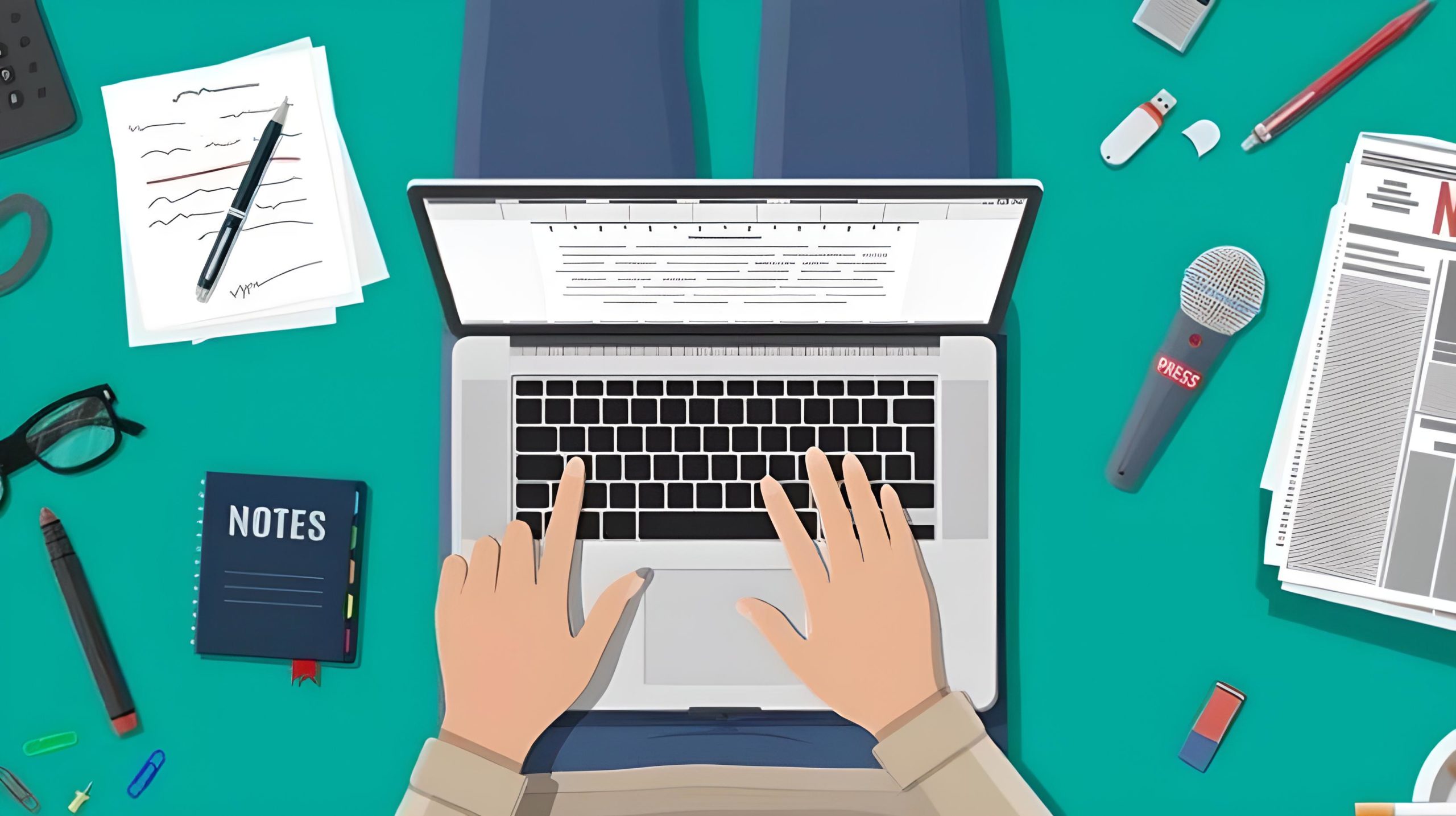
As a result, for three modifications of one method, we regularly reduce the size of the string, from 455 to 379and then up to 356 bits.
2.4 Huffman code
One of the most popular ways to construct prefix codes. Under certain conditions, it allows you to get the optimal code for any data, although it allows free modifications to the methods for creating codes.
This code ensures that there is only one unique sequence of bit values for each character. In this case, short codes will be assigned to frequent characters.
|
Symbol |
Quantity |
Code |
||
|---|---|---|---|---|
|
SPACE 900 66 |
18 |
00 |
||
|
P |
12 |
|||
|
K |
||||
|
E |
11 |
9 |
9 |
010 |
A |
8 |
1111 |
|
D |
11011 |
|||
|
B |
3 |
9 0002 11001 | ||
|
H |
2 |
111011 |
||
|
L |
2 |
111010 900 03 |
||
|
AND |
2 |
111001 |
||
| 90 002 W |
2 |
111000 |
||
|
D |
1 |
1101011 |
||
|
X |
1 |
1101010 |
||
|
0066 |
1101001 |
|||
|
03 |
||||
|
C |
1 |
1100011 |
||
| 9 0002 H |
1 |
1100010 |
||
|
P |
1 |
110000 |
We consider the result — 328 bits.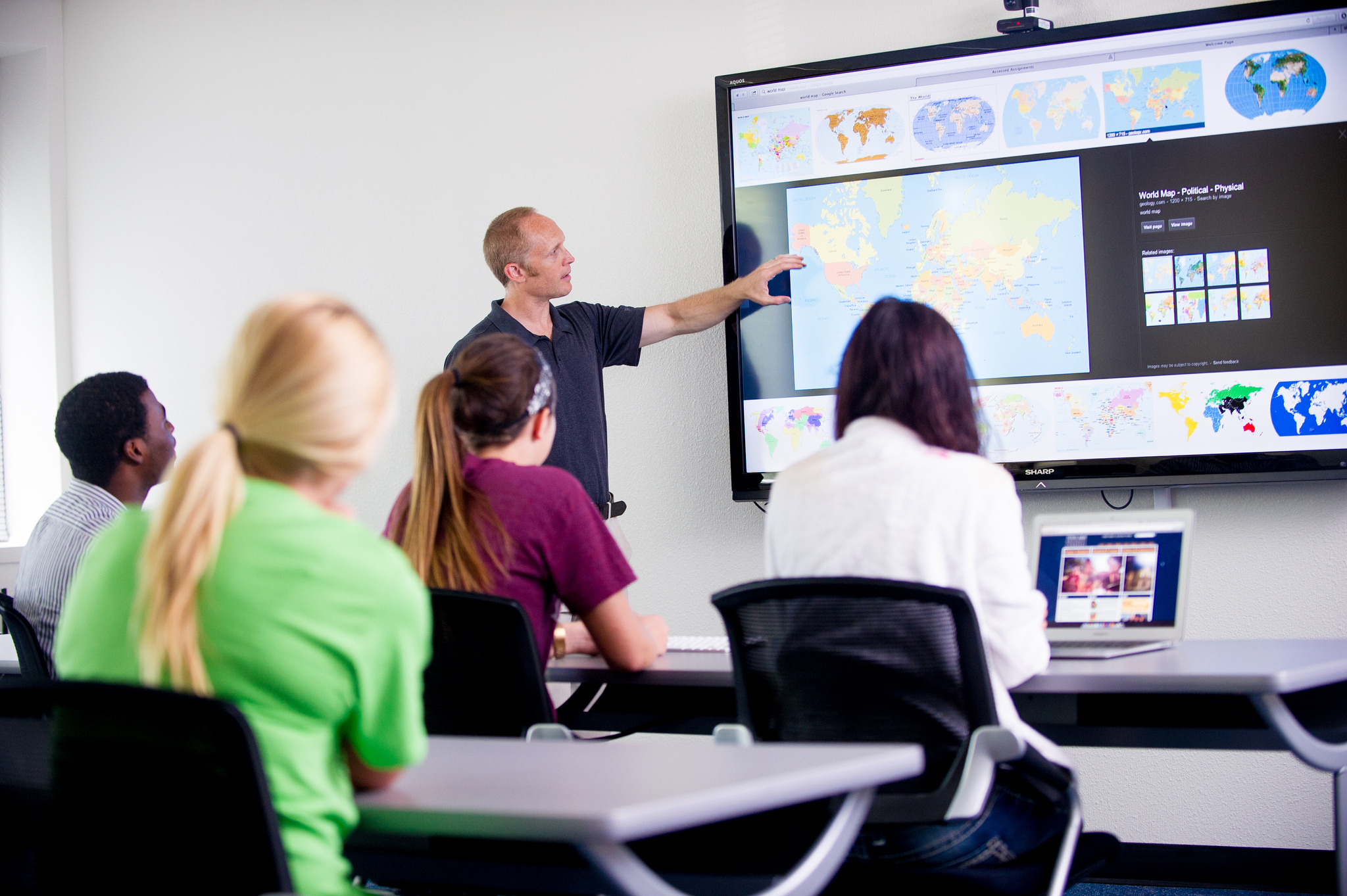
Note that although we started using codes in 6 and 7 bits, there are too few of them to affect the outcome.
2.5.1 Strings and substrings
So far, we have encoded data as a collection of individual characters. Now we will try to encode whole words.
Let me remind you of our line: «THE GREEK RODE THROUGH THE RIVER SEE A GREEK IN THE RAK RIVER THE GREEK PUSHED HIS HAND INTO THE RAK RIVER BY THE HAND OF THE GREEK TsAP».
Let’s make a table of repetitions of words:
|
Word |
Number SPACE |
18 |
|---|---|---|
|
GREEK |
3 |
B |
2 |
|
RAK |
2 |
|
|
RECU |
2 |
|
|
SEE 9000 3 |
1 |
|
|
GREEK HAL |
1 |
|
|
ZA |
1 |
|
| 9 0002 RECHKE |
1 |
|
|
SUNUL |
1 |
|
|
DAC |
1 |
THROUGH |
1 |
space ohm.
First we form a dictionary:
|
Word |
Number |
Index |
|
|---|---|---|---|
|
GREEK 9 0003 |
3 |
0 |
|
|
66 |
1 |
||
|
RAK |
2 |
2 |
|
|
RECU |
2 |
3 |
|
|
SEE |
1 |
5 |
|
|
GRECU 9000 3 |
1 |
6 |
7 |
|
FOR |
1 |
8 |
|
|
RECHKE |
1 |
9000 2 9 | |
|
SUNUL |
1 |
10 |
|
|
1 |
11 |
||
|
VIA |
1 |
12 |
Thus, our string is encoded into the sequence:
7, 0, 12, 3, 5, 0, 1, 9, 2, 10, 0, 4, 1, 3, 2, 8, 4, 6, 11 th.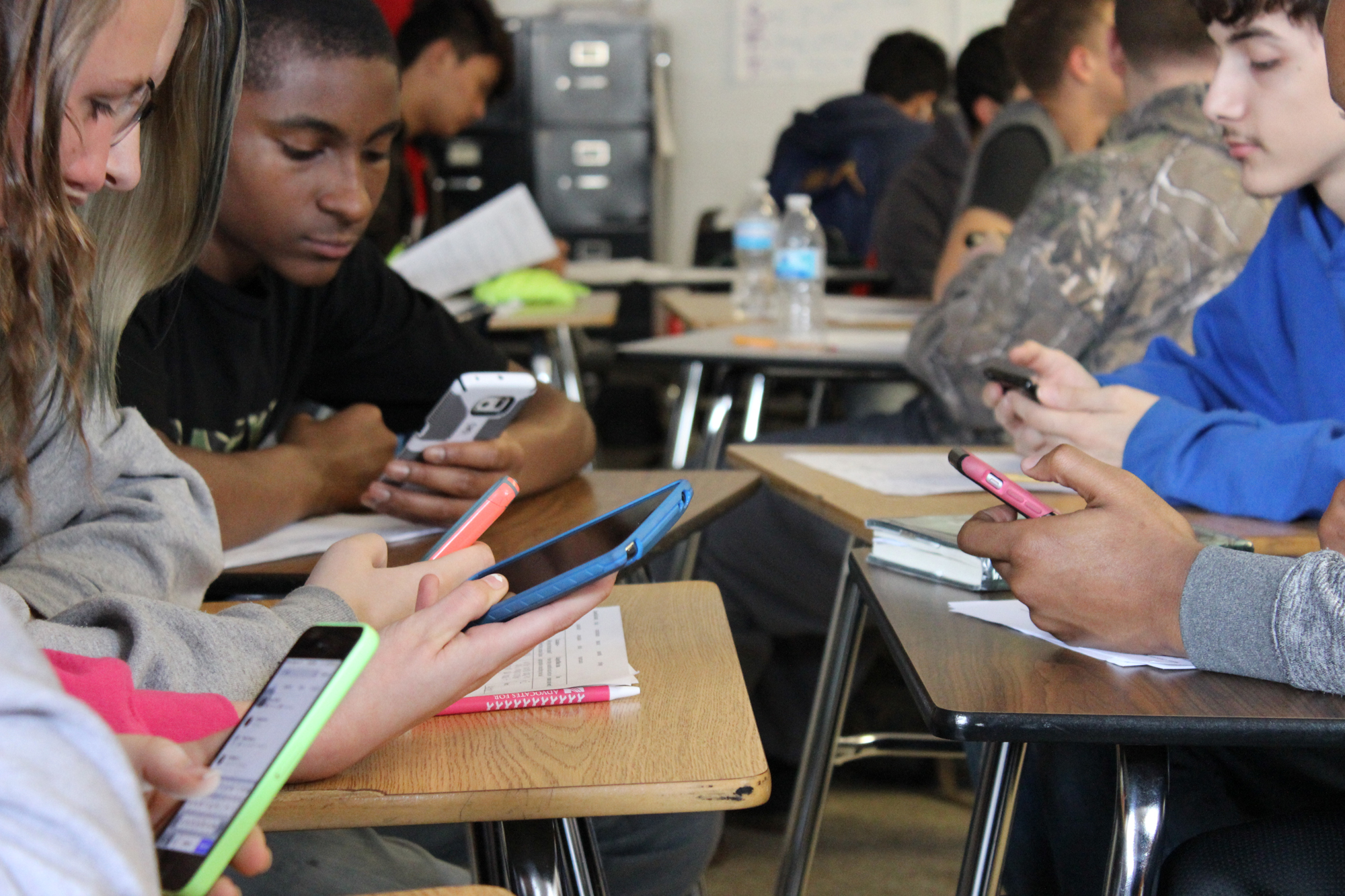
Indexes are written in the form of blocks of 4 bits each (this is how indexes can be represented from 0 to 15), we will have two such chains, one for the encoded message, and the second to match the index and the word. We will encode the words themselves with Huffman codes, only we still have to set the record separator in the dictionary, you can, for example, specify the length of the word in a block, the longest word we have is 5 characters, 3 bits are enough for this, but we can also use the space code, which consists of two bits — we will do so. As a result, we get the dictionary storage scheme:
|
Index / bits |
Word / bits |
End of word / bits |
|---|---|---|
|
0 / 4 |
GREEK / 18 |
SPACE / 2 |
|
1 / 4 9000 3 |
B / 5 |
SPACE / 2 |
|
2 / 4 |
RAK / 1 0 |
SPACE / 2 |
|
3 / 4 |
RECU / 12 |
SPACE / 2 |
4 / 4 |
ARM / 12 |
SPACE / 2 |
|
5 / 4 |
SEE / 31 |
SPACE / 2 |
|
6 / 4 |
900 02 GREEK / 17 |
SPACE / 2 |
|
7 / 4 |
ROAD / 20 |
SPACE / 2 |
| 90 002 8 / 4 |
ZA / 10 |
SPACE / 2 |
|
9 / 4 |
SPACE / 2 |
|
|
10 / 4 |
SUNUL / 26 |
SPACE / 2 |
|
11 / 4 |
DAC / 17 |
SPACE / 2 |
|
12 / 4 90 003 |
THROUGH / 21 |
SPACE / 2 |
|
7 90 003 |
0 |
12 |
3 |
5 |
90 002 0 |
1 |
9 |
2 |
10 |
0 |
4 |
1 900 03 |
3 |
2 |
8 |
4 |
9000 2 6 |
11 |
and the message itself, 4 bits per code.
We count everything together and get 371 bits. At the same time, the message itself was encoded in 19 * 4 = 76 bits. But we still need to keep the Huffman code and symbol matching, as in all previous cases.
Afterword
I hope the article will give a general impression of coding and show that this is not only a military cipher or a complex algorithm for mathematical geniuses.
From time to time I come across how students try to solve coding problems and simply cannot abstract, approach this process creatively. But coding is like a hairstyle or fashionable pants, which in this way show our social code.
UPD:
Since the editor of Habr destroyed the second part written, and the administration did not respond to my appeal, the continuation (written back in January) will most likely never see the light of day (two weeks of continuous work). I have no incentives to write again, count tables, write software for verification and screenshots, just as I have no desire to write something on a resource where those who disagree with the «party line» receive negative karma.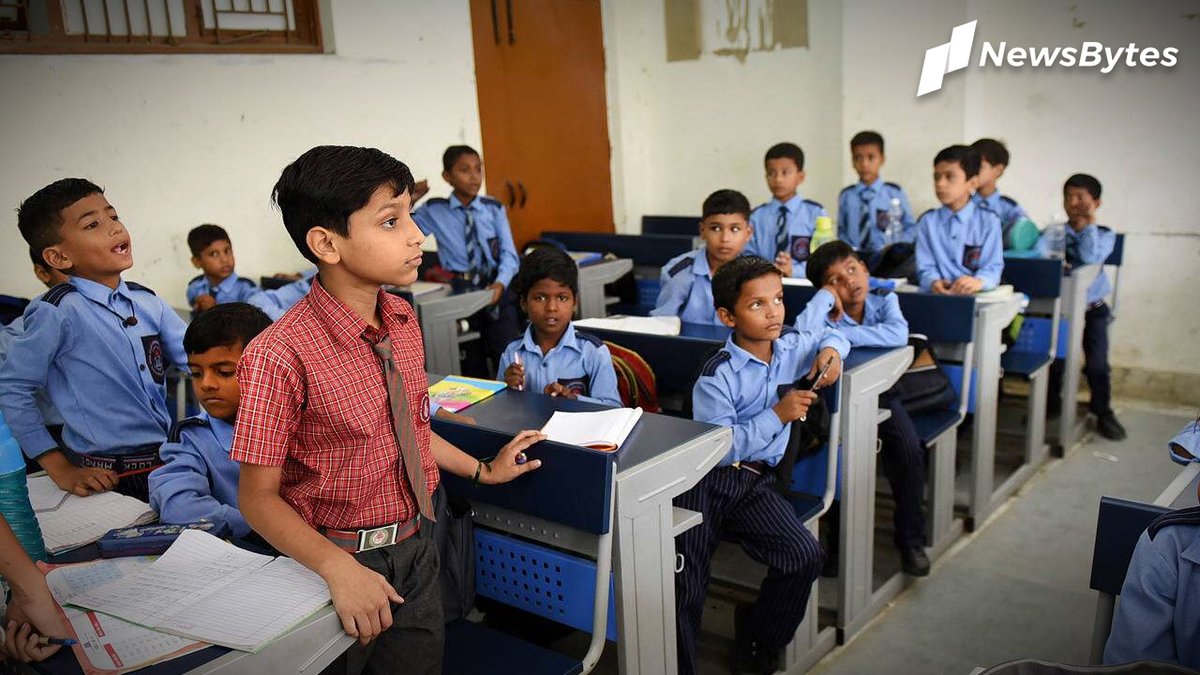
Number and coding of information | Outline of a lesson in informatics (grade 2) on the topic:
Grade: 2nd grade
Topic: Number and information coding
Objectives:
• to consolidate students’ understanding of the concepts of «coding», «decoding», «correspondence table», to expand their understanding of the role of coding, the use of coding in everyday life;
• to introduce students to the method of encoding and decoding using the correspondence table (code table)
• to consolidate the skills of using the numerical form of representing information about the size of an object, distance and time;
• to develop the skills of solving information problems on encoding and decoding based on the alphabet and serial numbers of letters in it.
Pedagogical tasks:
• develop information culture;
• develop logical thinking, observation and research qualities.
Lesson equipment:
• Textbook.
• RT No.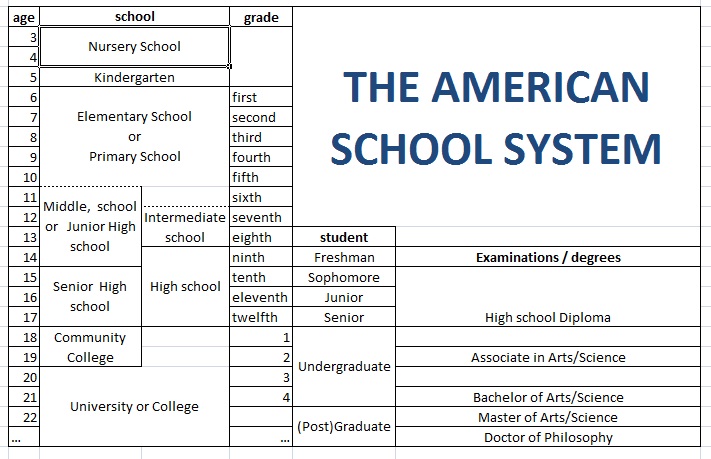
• Writing instruments.
• Demo PC (or multimedia projector and screen).
• Presentation for the lesson, number constructor program.
• Blank with tests and questions.
Lesson plan:
1. Motivation for learning activities. Selective repetition. Checking homework.
2. Explanation of new material.
3. Fulfillment of tasks in RT.
4. Physical education.
5. Computer workshop.
6. Summing up.
7. Comments on homework.
Lesson 9 progress0003
I. Organizational moment
Appointment of attendants, checking absentees
II. Explanation of new material
Today we have an unusual lesson, and the lesson is a journey! We will take a walk in the country of Informatics. And now let’s find out who will be our guide, who will help us and suggest the way.
Guess the riddle:
I lived in the middle of the yard,
Where children play,
But from the sun’s rays
I turned into a stream (Snowman)
That’s right, it is the Snowman who invites us to travel by bus.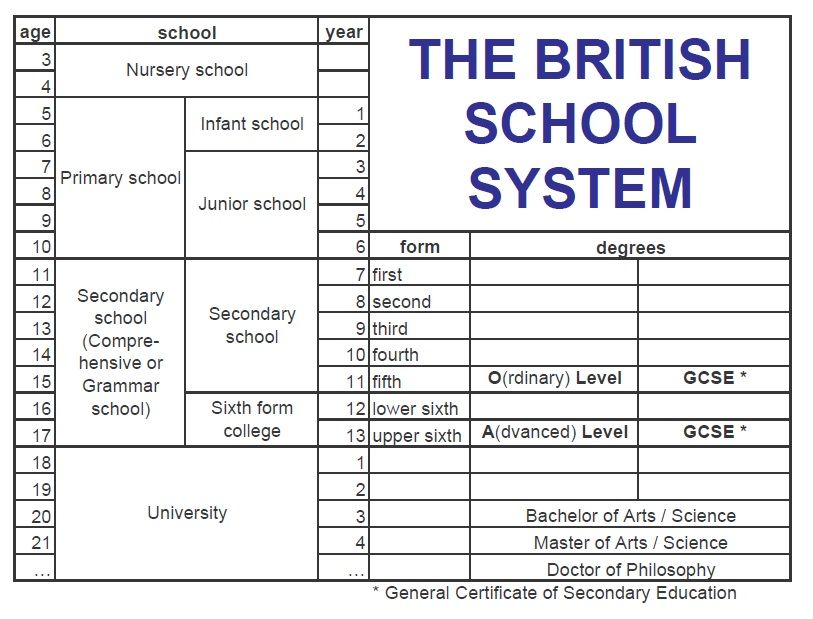
And now he invites us to go. Today the Snowman will distribute snowflakes to the best travelers. Those who will help him, correctly answer questions, complete tasks.
Let’s tell the Snowman how to behave correctly in a computer science lesson.
Also: — do not shout from the spot, and raise your hand
Also, it is not enough to answer once in a lesson or complete one task. Evaluation is given for all the work in the lesson!
So, where does the snowman invite us to? He left us a task in the snow, where the name of the main resident of the city to which we will go is written. If we guess the name, he will say the name of the city.
But what is it? The wind suddenly picked up, and parts of the letters were covered with snow, let’s try to guess what the Snowman really wanted to tell us?
— Yes, that’s right, the Snowman of the main resident of the city is Number.
— Snowman, we guessed the name of the main inhabitant. Please tell me the name of the city.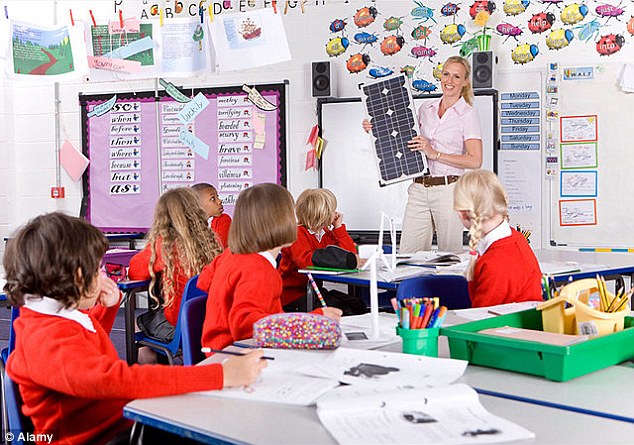
(Snowman’s voice sounds) The city is called Chistograd.
So, before going on a trip, we must write down the date of today’s lesson in a notebook. Open the notebook to page ____
— Say the date. Look, we have a small place for the number, can we write it down in words? (no)
— Right, so we write in numerical form.
— In life, we do not pay attention to the fact that we are constantly engaged in coding information, converting sound form into text or numerical form and vice versa. For example, now the date we said orally, when written on paper, has turned into a numerical form.
In this case, we encode the information.
Today, during the trip, the Snowman will tell us about the Number and the coding of information.
And now he invites us to go.
Our bus stopped at a traffic light.
THE TRAFFIC LIGHT IS ON RED
— Guys, why did our bus stop?
(Because the traffic light is red).
That’s right, because you can’t run a red light.
But then the traffic light turned green and we drove on. We reach stop number 2.
SNOWMAN’S WORDS: There are vital information tasks. For example, it is necessary to send a secret message so that no one but the recipient can read it. Such an information task for encoding is called encryption. One of the most common encoding methods is to replace a letter with a number.
Now look at the blackboard.
— Look at the table. Each letter of the alphabet can be denoted by a number (serial number) and any word can be written in numerical form using the code correspondence table.
In it, all letters of the alphabet are numbered in order. When encrypting a message, instead of a letter, we can write down its serial number — a numerical code. If the recipient has the same table, and he knows the encoding rule, then he can easily decode and restore the message text.
A table that reflects an encoding rule and from which a message can be encoded and then decoded is called a lookup table or code table.
This table is in your workbooks. The snowman wants us to complete a task using her. Otherwise, he will not take us further on his journey.
TASK IN NOTEBOOKS
On page 10. Task No. 3
— So, let’s check. All wonderfully done. Let’s listen to the Snowman, what does he want to tell us.
— The snowman tells us that it’s time to relax and have a physical session.
Next station. And it’s called «Transmit the coded message.» Each of you will be an agent sending a secret message, you will need to encode the word using a table of serial numbers, write it down on a sheet in the “Encoded Word” field. Be careful when coding!!!
Transmit the coded message task
B
D
D 0003
L
E
Y
W
W
1 9000 3
2
3
4
9
5
6
7
9006 3
8
9
9
K
9006 6
L
M
H
O
P
R
10
11
9
12
13
14
15
16
17
18
C
T
U
F
X
C
H
W
W
19
90 002 20
21
22
23
24
25
26
27
90 002 b
s
b
e 900 03
Y
I
28
29
30
31
32
33 250
Code word: SNOWMAN
9 0002 «Transmit the coded message» task
9
|
A |
B |
V |
D |
D 9000 3 |
E |
Y |
F 90 066 |
Z |
|
2 3 |
4 |
5 |
6 |
7 |
8 |
9 90 066 | ||
|
I |
Y |
K |
L |
M |
H |
O |
R |
P |
|
10 |
11 |
13 |
14 |
15 |
16 |
17 |
18 |
|
|
0066 |
|
U 2250 X |
C |
H |
W |
W |
||
|
20 |
0 22 |
23 |
2 25 |
26 |
27 |
|||
|
|
L |
E |
Y |
I |
|
|
|
|
|
2 8 |
29 |
30 |
31 |
32 |
33 |
|
|
|
Code word: SNOWFLAKER
Let’s check now!
— Give back the encryption to the neighbor.

